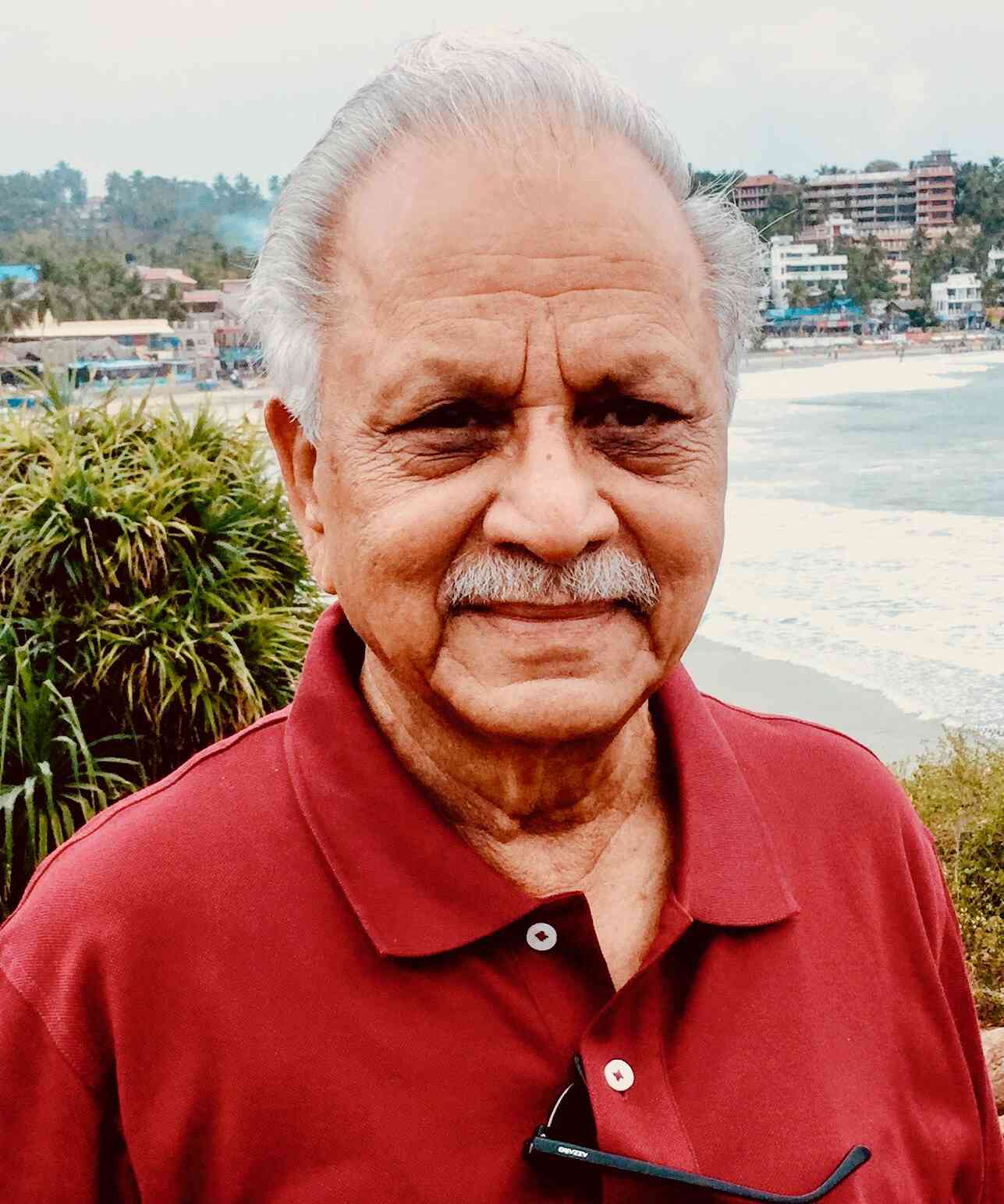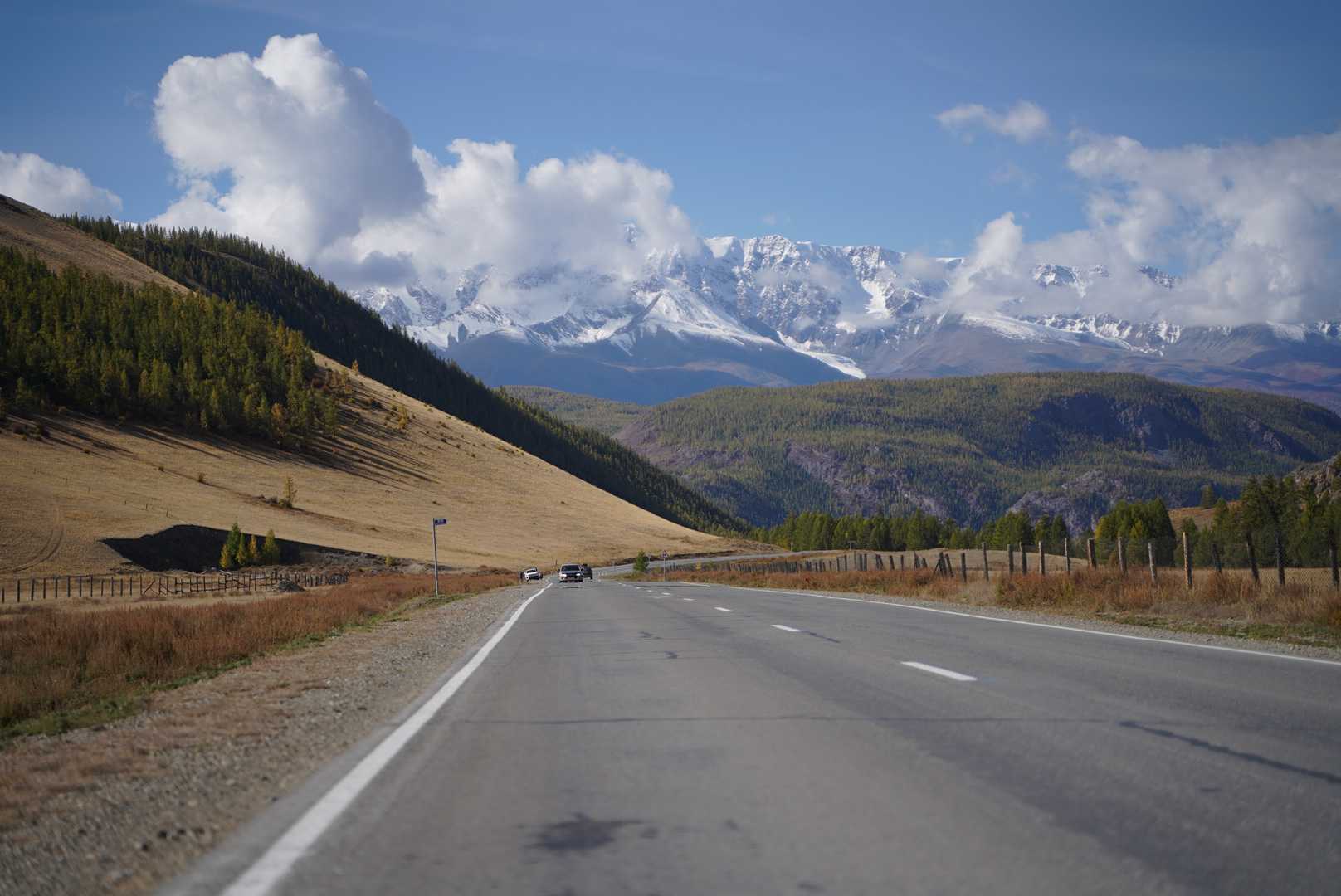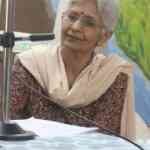Review: Bengali Cooking by Chitrita Banerji
Bengali Cooking: Seasons & Festivals from Rupa Publications is an enjoyable narrative that looks at Bengali cuisine and the history and culture that shaped it. Here’s a review from our reader Sumana Chatterjee.
Chitrita Banerji’s book, Bengali Cooking: Seasons & Festivals is a pleasant journey to Bengal and its rich gastronomic heritage. It is not just another cook book with recipes and cookery tips but a wide exploration of Bengal with a vivid description of its geographical boundaries, the beautiful rivers flowing across, the opulence of its fertile lands and the food cultivation of the different belts of the state.
Knowing Bengal and Its Food
In her elaborate introduction, the author has nicely portrayed the culinary culture of undivided Bengal and how the division of Bengal has created a huge impact on the cooking style of Bengali cuisine. The large scale displacement along religion lines, has led to a significant exchange of food habits, cooking style, spices and ingredients resulting in a flavorful blend of Eastern (now Bangladesh) and Western part Bengal. I also liked the way she has described how the ‘Ghotis’ (people of West Bengal) and the ‘Bangaals’ (people originated from East Bengal), as they are fondly called, flaunt their cooking skills and exhibit their supremacy over each other claiming that they are the best cooks in the world. Indeed it is a sight to watch how the prawn lovers of West Bengal and the Hilsa lovers of East Bengal can endlessly argue with a biased fanaticism often ending in a ludicrous cacophony.
Bengali cuisine has been impacted by Mughal, British and Chinese invaders over the years. This has refashioned Bengali delicacies and it’s cooking style as Banerji points out. The use of cashew and almond paste, a touch of cream in the gravy or a sprinkle of saffron to bring richness to the dishes, are some improvisations to take our Bengali cuisines to a new height. The author’s personal experience of savouring the best flavors of both Muslim and Hindu food styles of Bangladesh and West Bengal respectively, was definitely an added advantage. Lamb and Chicken Posto, Kamala Koi and Orange rice were unknown to me until I read the book.
Culinary History
Chitrita Banerji has reflected in her book how the effect of cultural exchange between the different states of India resulted in an experimentation with the Bengali style of cooking thus giving a twist to its cuisine. She points out rightly that such fusion of cookery styles and experimentation with new spices and ingredients, often loses the originality and authenticity of our Grandma’s original flavors. Indian restaurants both in the country and overseas, claiming to serve authentic Bengali food, are often the culprits destroying the ethnicity of true Bengali cuisine.
The mention of Manasamangal kavya, Annadamangal kavya and some literary masterpiece of the bygone days, will inspire the avid food lovers to explore the roots of food cultivation of Bengal. This reflects how well read the author is on the subject and her enthusiasm for rediscovering the lost heritage of Bengal’s rich food culture. In the course of her introductory notes, Banerji has authenticated the fish and rice eating habits of the average Bengali by telling the readers about the abundance of Bengal’s ponds, rivers and Ganges and the affluence of it’s rich paddy fields. She mentions how the incorporation of lentils, vegetables and milk in the Bengali diet came about from widows, who were deprived of fish and religious sects who chose not to eat fish, onion and garlic. Banerji also looks at social mores. A visible distinction in the cooking style and daily diet of the rich and poor will give the reader a fair idea of the feudal mindset of mid eighteenth and early nineteenth century Bengal.
The Way We Eat
In the next section, the author showcases the way food is served and eaten in an average Bengali family. Her usage of the phrase, ‘Up to one’s wrist in food,’ is indeed a perfect expression of how the food lovers of Bengal indulge in their gustatory habits.
Seasonal changes bring changes in Bengal’s eating pattern too. The inclusion of bitterness, sourness, fieriness and sweetness in daily diet are matched with the different seasons mainly for medicinal reasons and availability food-grains, legumes, fruits and vegetables. It is interesting to see how the author has intelligently presented some of the best dishes of Bengal in accordance to the season. With every recipe she has added some anecdote and has also reminded the reader how the same item can be cooked in a hundred different ways by different households. The consistency of the ‘jhol’ (gravy), the ‘phorans’ (spices) and ingredients used often vary from house to house depending upon the family cooking tradition. The same ‘Posto’ or ‘Shukto’ or even the most popular ‘Machher Jhol’ can have a subtle difference of taste and flavor in individual house. Exchange of such cooking ideas brings versatility in Bengali delicacies.
While going through the book, I was remembering how our mothers and grandmothers taught us the traditional Bengali recipes and often cautioned us by saying, “You dare not fiddle with our cooking style and show off your adventurous mind.” Chitrita Banerji’s ‘Bengali Cooking’ is a must read for food lovers. It is very different from the usual cookbooks and she has rendered her recipes in a story telling manner, which gives a nice flow to the read. The book reflects her hard work and thorough research on Bengal’s culinary culture. It is not just a complete gastronomic tour but a pleasant insight into Bengal’s rich heritage, right from the Babu Bibi culture to the modest lifestyle of the average Bengali.
To buy the book, click here
Comments

Silver Talkies
30 May, 2017
Thank you Debolina. Do click on the link below the article if you wish to buy :)

Debolina Dasgupta
30 May, 2017
The review of the cookbook is inspiring enough for another gastronomic Bangalee, hrnce I will definitely buy this book.







Post a comment